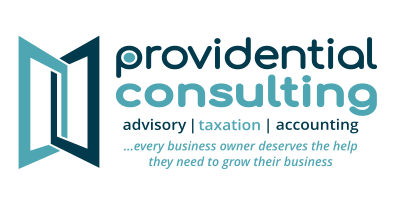Blog
Cash Flow Forecasting
Cash flow forecasting is a financial management tool that every growing business should have in its arsenal. In the dynamic world of entrepreneurship, where the future is often uncertain, understanding and managing your cash flow can be the difference between thriving and struggling.
What is Cash Flow Forecasting?
At its core, cash flow forecasting is the process of estimating how much cash (money in the bank) will move in and out of your business over a specific period. It’s like peering into a crystal ball, but instead of predicting the future, you’re planning for it.
In simpler terms, cash flow forecasting helps you answer crucial questions like:
- How much money will my business generate in the coming months?
- When will we experience periods of surplus or deficit?
- Can we cover our upcoming expenses, including payroll, bills, and investments?
- Do we need to secure additional funding to support growth?
Cash flow forecasting involves analyzing historical financial data, current trends, and future projections to create a detailed picture of your business’s financial health. It’s not just about counting dollars and cents; it’s about making informed decisions that steer your company toward success.
In the following sections, we’ll explore the myriad benefits of cash flow forecasting, learn how to create accurate forecasts, delve into real-life examples, and equip you with the tools needed to navigate the financial landscape of your growing business. So, let’s embark on this financial journey together and unlock the power of cash flow forecasting for your business’s growth and prosperity.
Why is Cash Flow Forecasting Significant?
Cash flow forecasting isn’t just another financial management tool; it’s the compass that guides a growing business through the complex terrain of financial stability and success. Its significance extends far beyond mere number-crunching, and understanding why it matters is the first step toward harnessing its power.
- Financial Stability: Cash flow forecasting provides a clear view of your business’s financial health. It helps you anticipate periods of surplus and scarcity, allowing you to maintain a stable financial footing. When you know what’s on the financial horizon, you can steer clear of cash crunches that might otherwise jeopardize your operations.
- Strategic Planning: By forecasting cash flow, you gain the ability to plan strategically. Whether it’s investing in growth opportunities, expanding your product line, or seizing a competitive advantage, cash flow insights enable informed decision-making. It’s like having a roadmap for your business’s future, guiding you toward your desired destination.
- Risk Mitigation: Unforeseen financial challenges can be crippling for businesses. Cash flow forecasting acts as a safety net, helping you identify potential risks early on. Whether it’s a late-paying customer, unexpected expenses, or economic downturns, you’ll be better prepared to mitigate and navigate these challenges.
- Lender and Investor Confidence: When seeking external funding or investment, a well-structured cash flow forecast demonstrates your commitment to financial transparency and responsible management. It instills confidence in lenders and investors, increasing your chances of securing the necessary capital for growth.
- Operational Efficiency: Efficiency is the lifeblood of any business. Cash flow forecasting streamlines financial operations by aligning your income and expenses. This, in turn, helps optimize working capital, reduce waste, and improve overall efficiency.
Conclusion
In summary, cash flow forecasting isn’t just about predicting numbers; it’s about safeguarding your business’s future. It empowers you to make proactive financial decisions, minimize risks, and chart a course for sustainable growth. As we delve deeper into this topic, you’ll discover the practical steps to create an effective cash flow forecast and witness firsthand the transformative impact it can have on your growing business. Next instalment is here or Part 2.
What To Do Next?
- You can complete our online form and we will call you.
- You can book an appointment to engage further

